Search
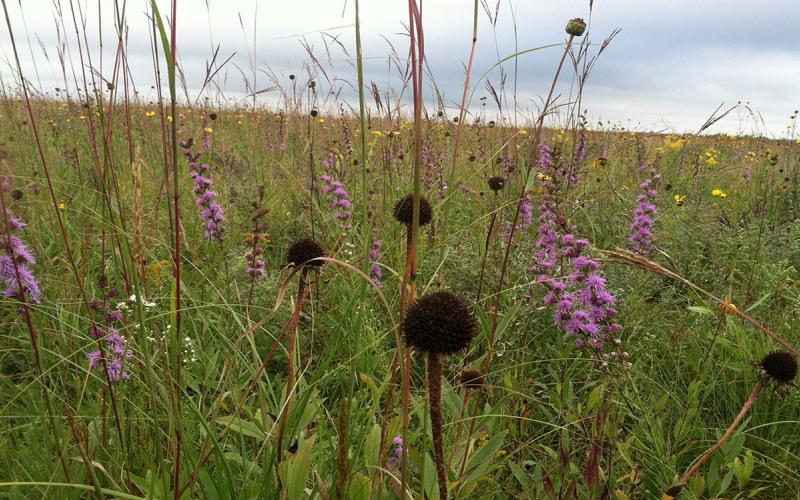
Grassland Fertilization: Native Pasture Case Studies – McPherson, Deuel, Grant and Clark Counties
Even our best native pastures, rangelands and prairies suffer from at least some level of invasion. Within this reality lies a wide gradient of quality of native grasslands that is largely influenced by past and present management.
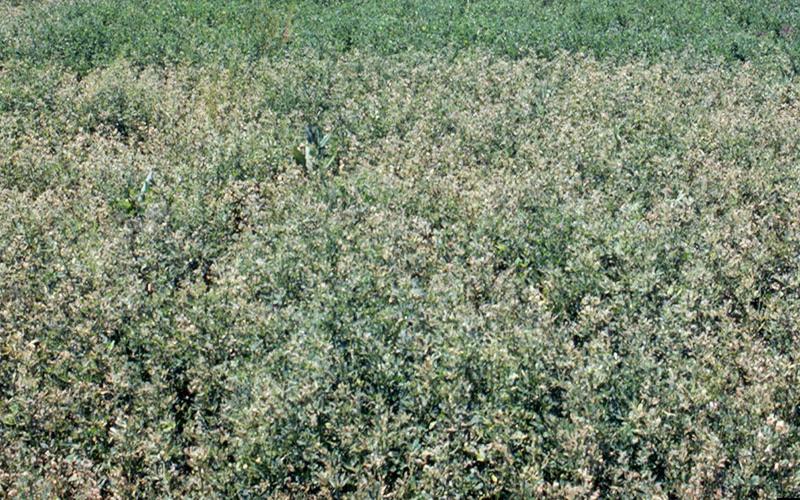
Why’s My Alfalfa Field Turning White?
There have been a lot of reports of alfalfa fields in South Dakota with a white or light-brown canopy. This discoloration is the result of extensive alfalfa weevil larvae feeding.
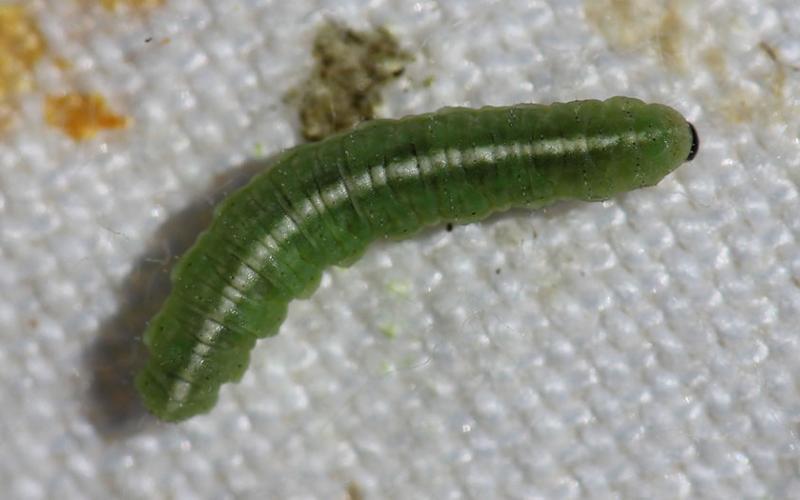
Alfalfa Weevil Activity Prediction Update: June 3, 2021
It has been a busy week for alfalfa weevils. Throughout the state, alfalfa weevils have been causing significant feeding damage. We recommend scouting alfalfa fields for the next week and treating when necessary.
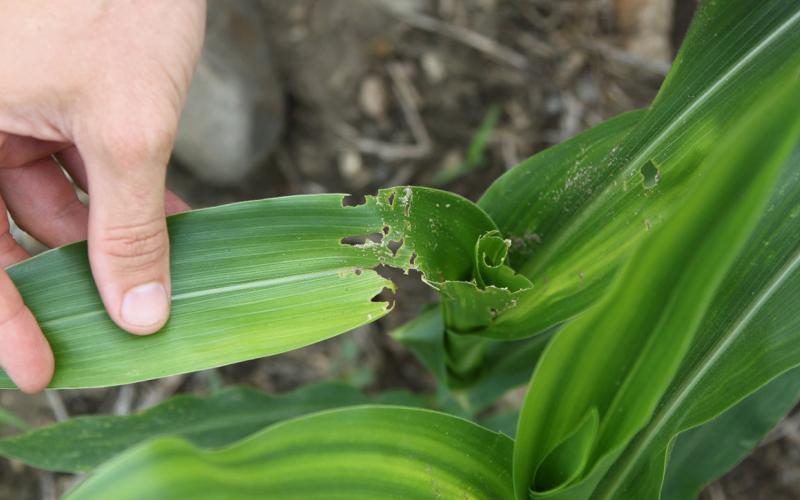
Common Stalk Borers Observed in South Dakota Corn
While scouting corn this week, clear signs of common stalk borers were observed. Although our degree day estimates indicate that common stalk borers probably aren’t moving into corn yet, they can be forced into corn fields in certain situations.
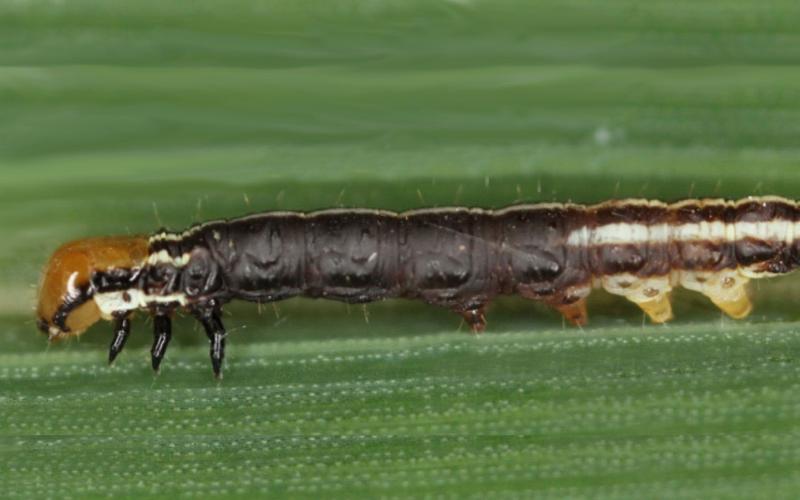
Common Stalk Borer Activity Estimate: June 3, 2021
We still haven’t reached the degree day accumulation levels to see common stalk borers moving into corn fields. However, if weeds and grass are sprayed out along field borders, there is a very high probability that they will be forced into corn early.
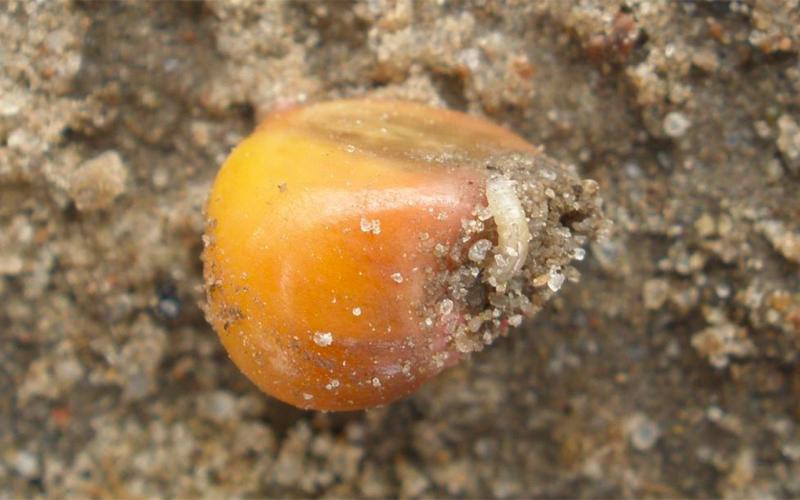
Seedcorn Maggot Degree Day Activity Estimates: June 3, 2021
We are currently between the second and third generation peak emergences in South Dakota. Seedcorn maggot management must be done before planting, or the populations can be avoided by not planting during times of peak emergence.
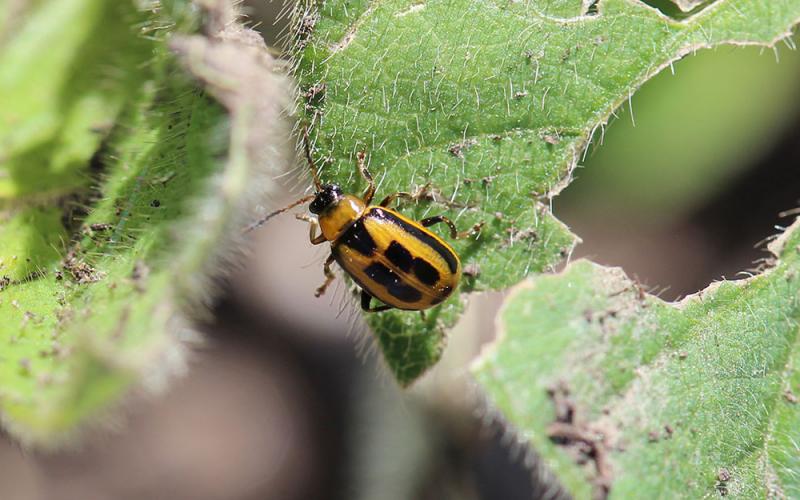
Overwintering Population of Bean Leaf Beetles Are Active In Soybean
While scouting soybeans this week, extensive defoliation caused by bean leaf beetles was observed. Although insecticide seed treatments will reduce the threat of bean leaf beetle feeding during this time of the season, soybean fields should still be scouted.
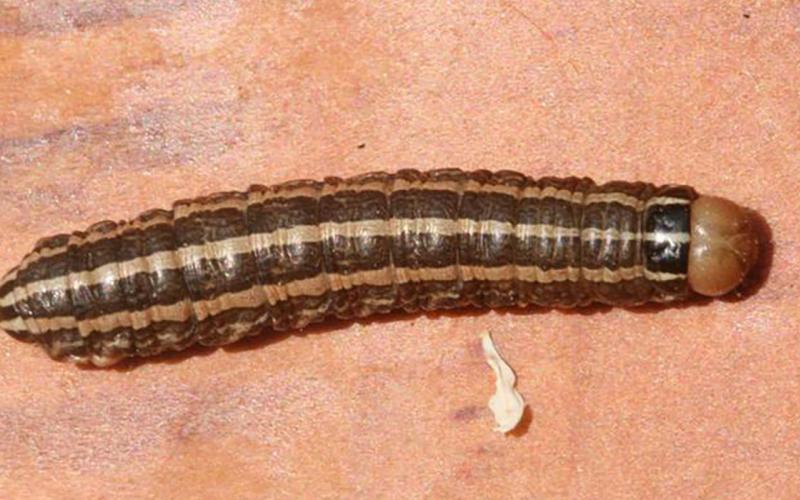
Bronzed Cutworms Are Active
Bronzed cutworms can damage turf by clipping blades of grass close to the soil surface. Feeding by bronzed cutworms in lawns will result in small, brown circular patches, and large populations can result in extensive lawn injury.
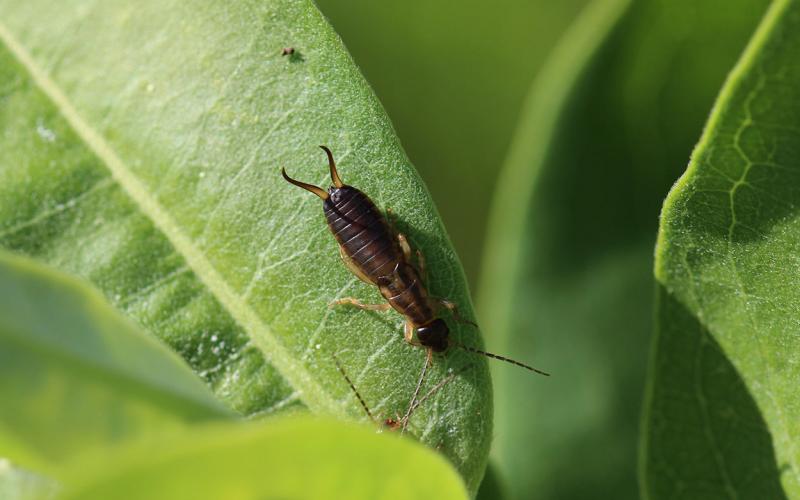
Earwigs Are Active
Although earwigs typically prefer wet conditions, quite a few have been observed so far this year. It’s important to remember that watering lawns or potted plants around the house provides ideal earwig habitat.

4-H
4-H is the nation’s largest youth development organization, involving young people in urban, suburban and rural communities. 4-H fosters an innovative, “learn by doing” approach with proven results.